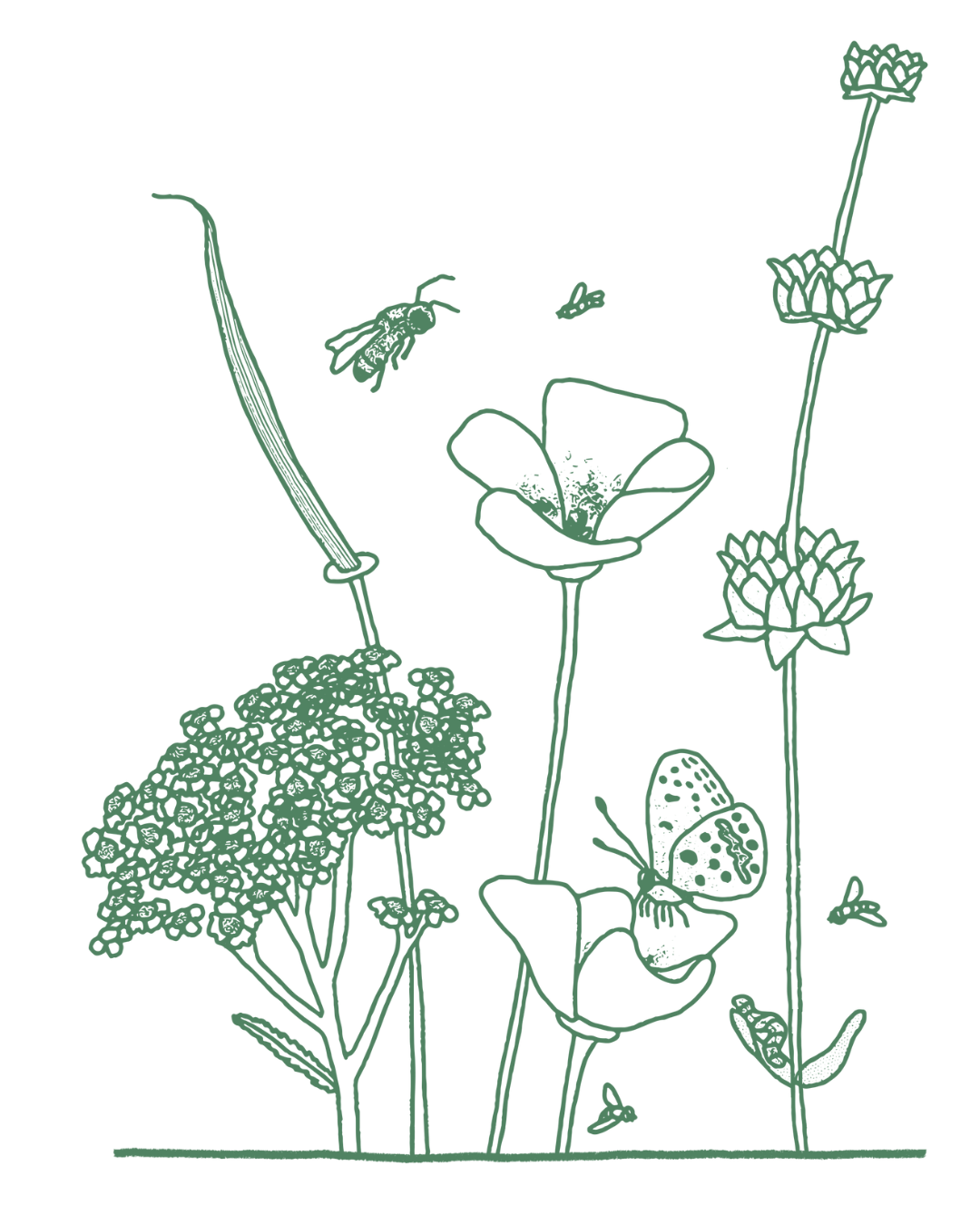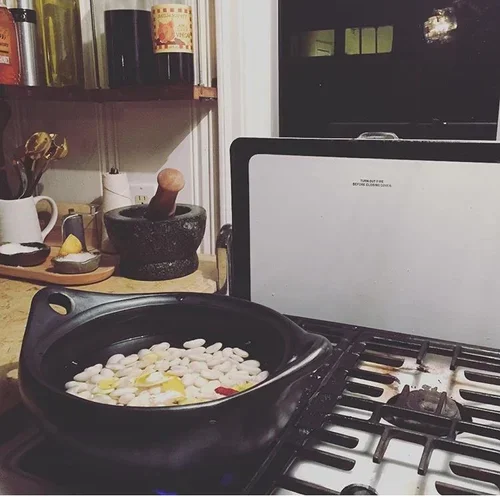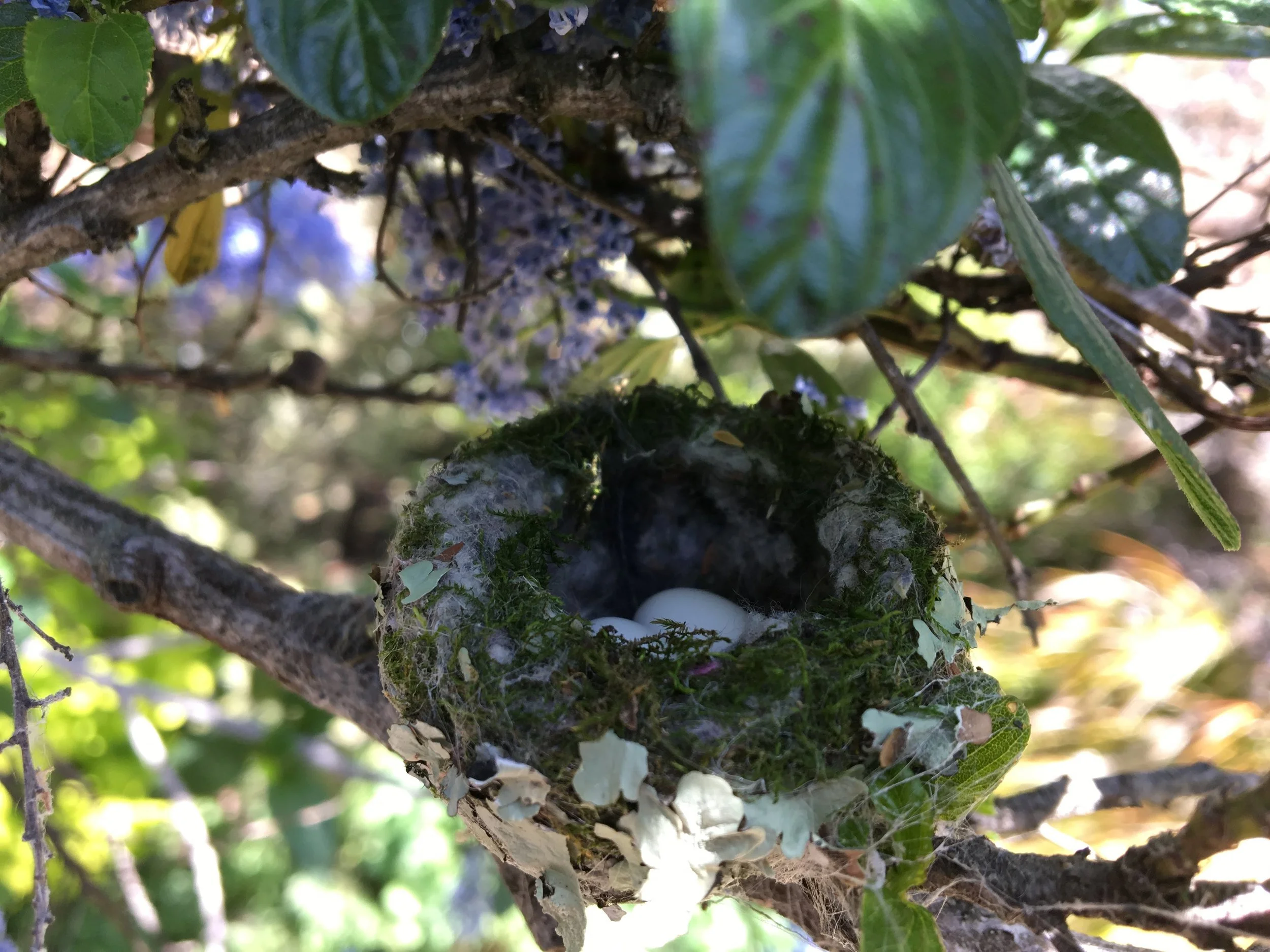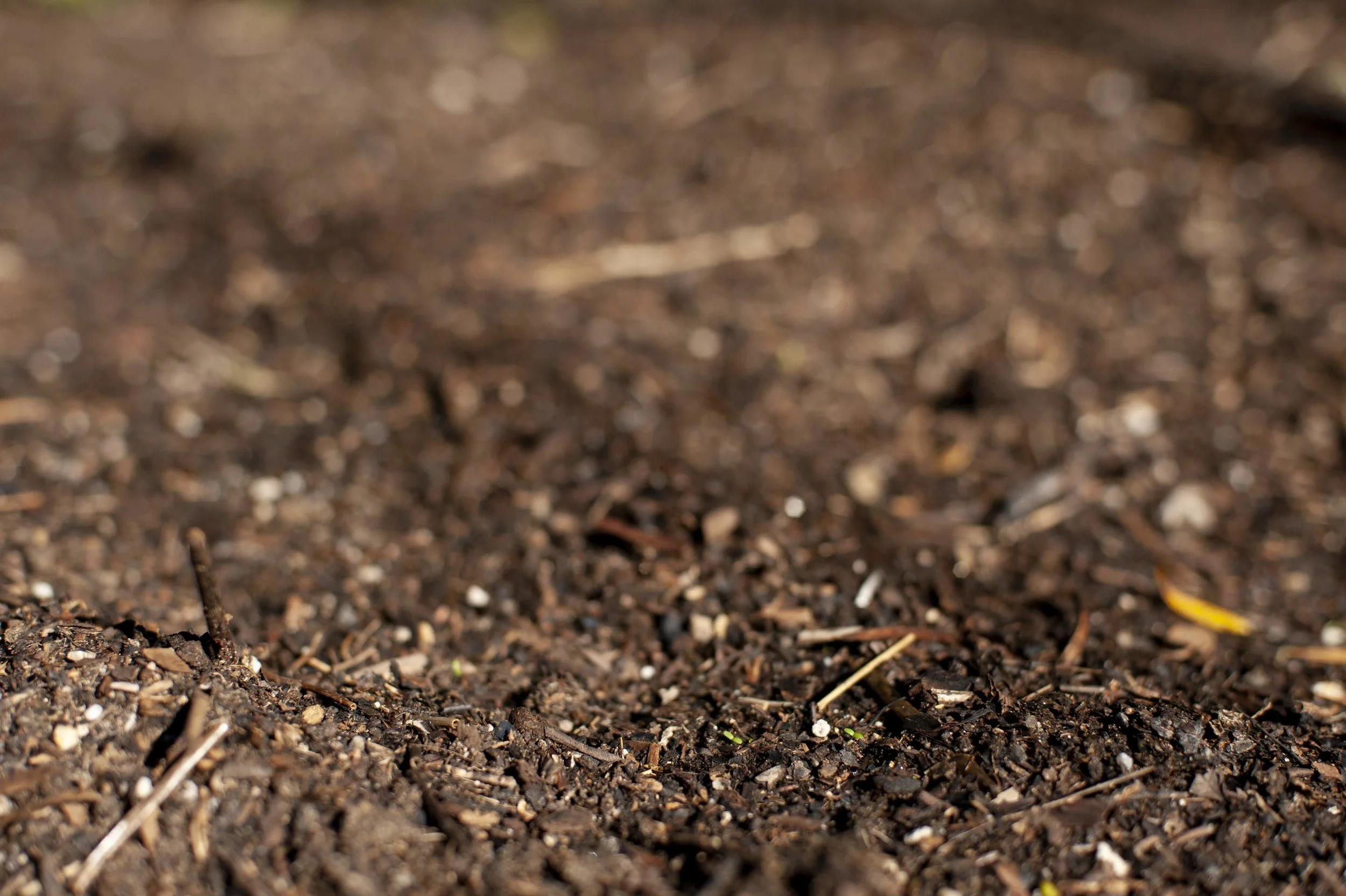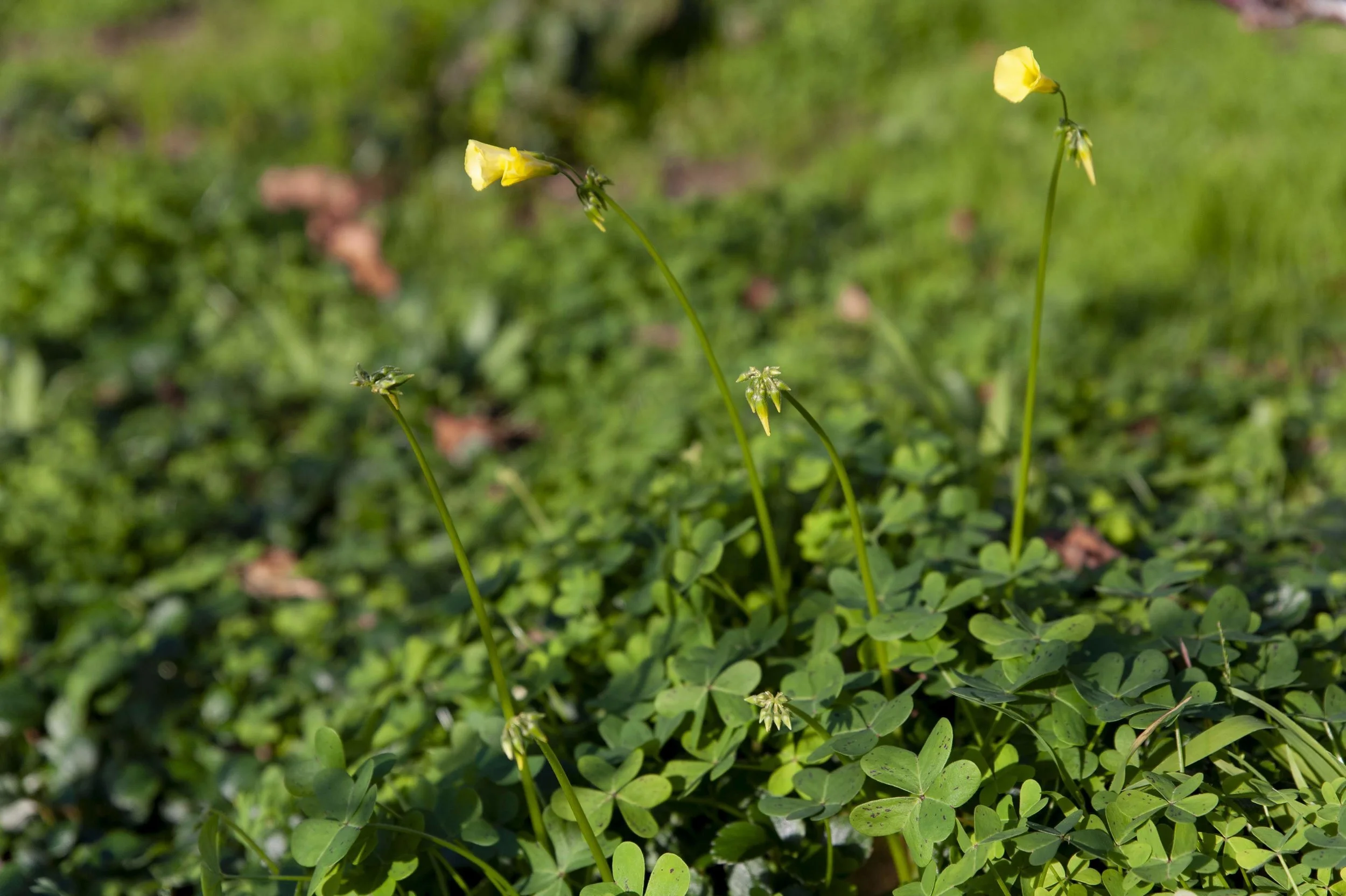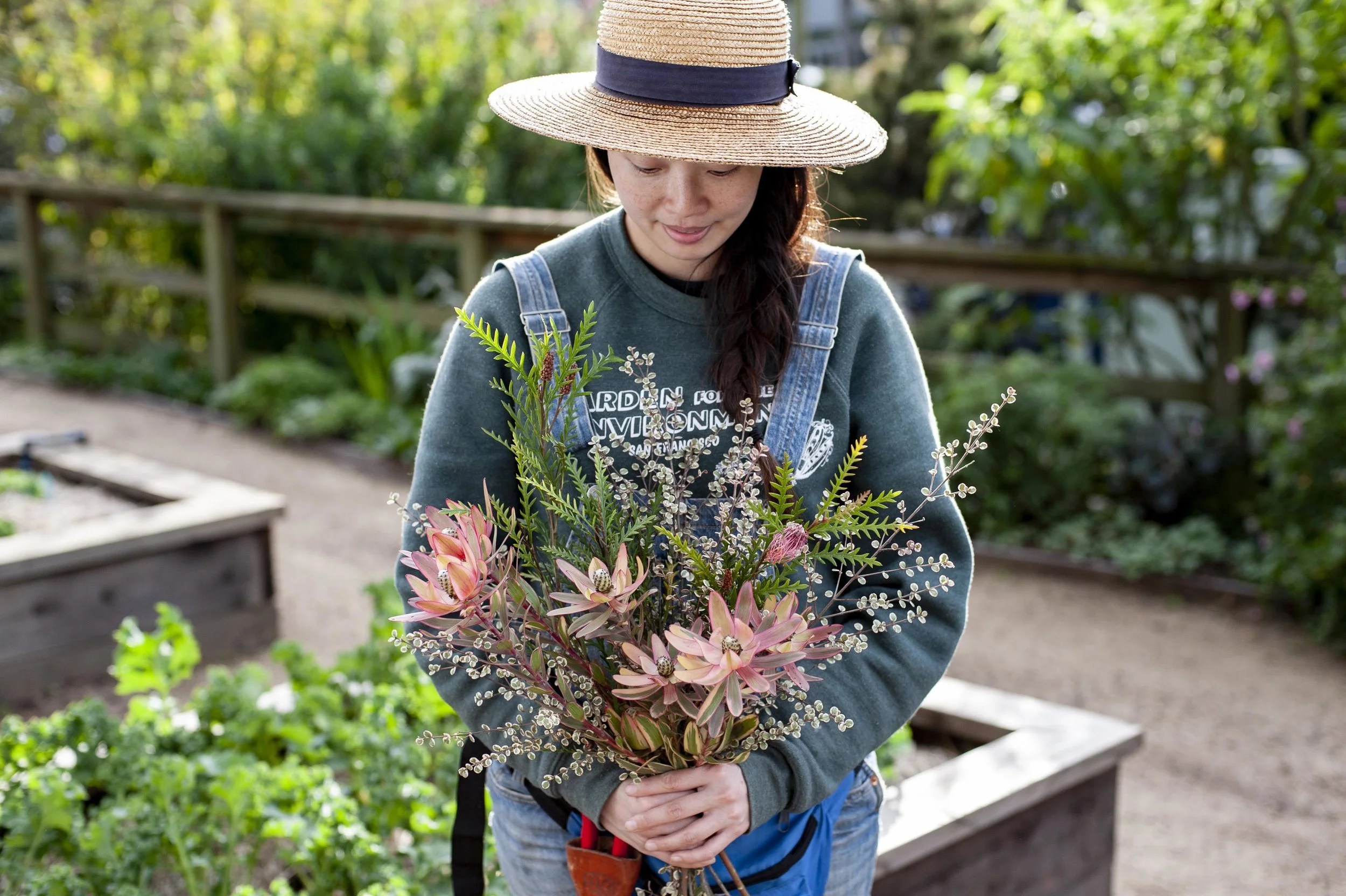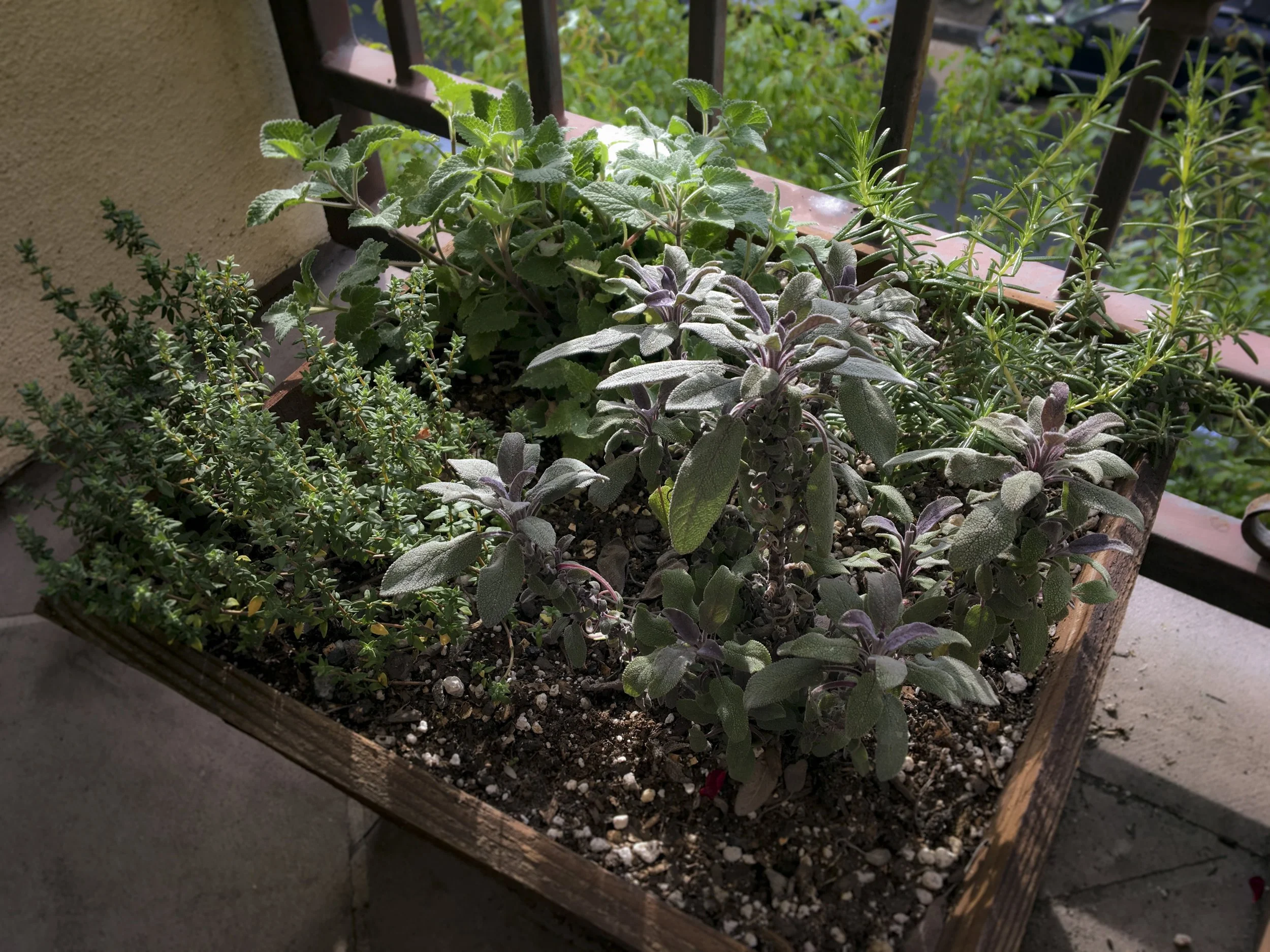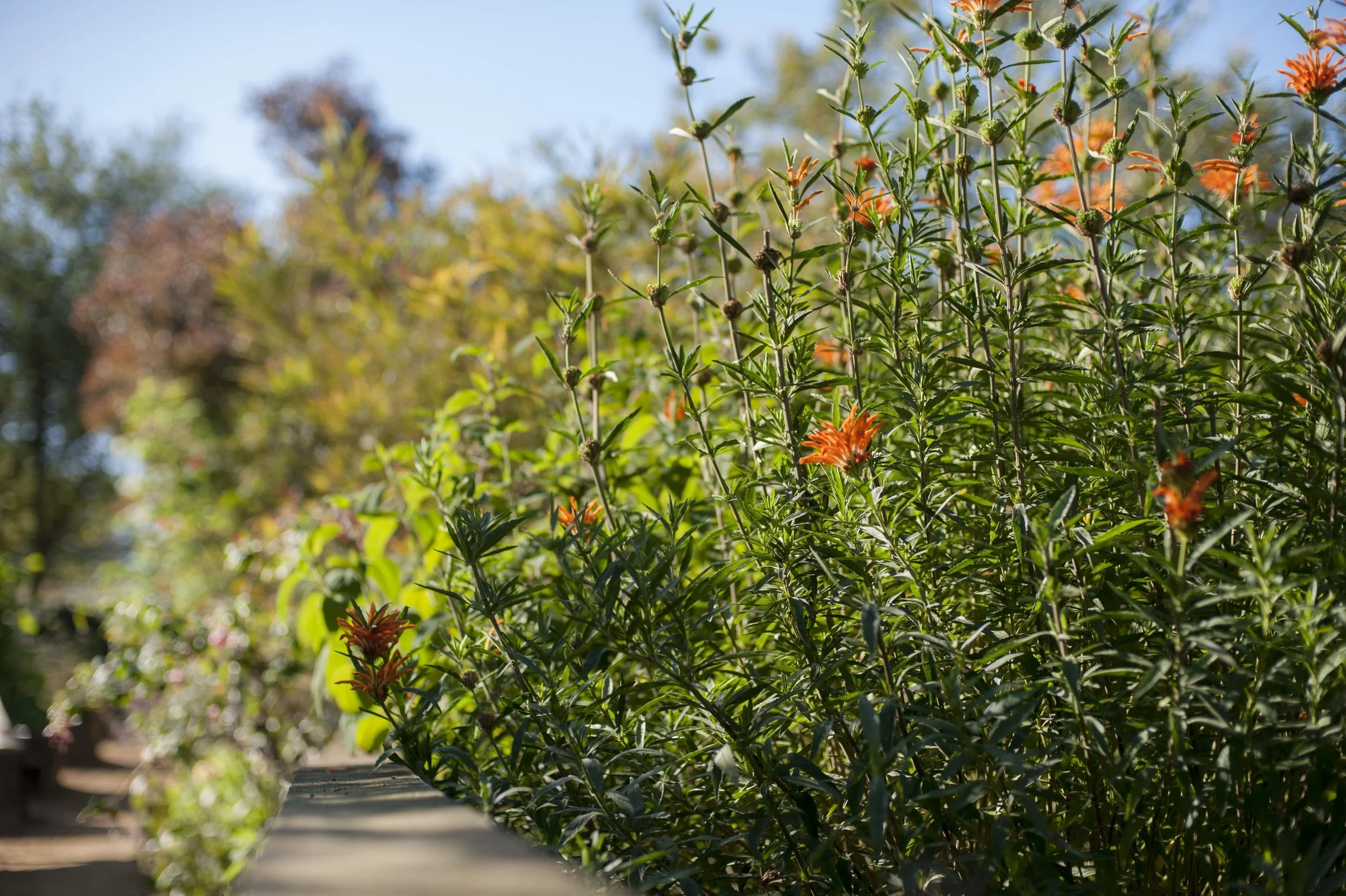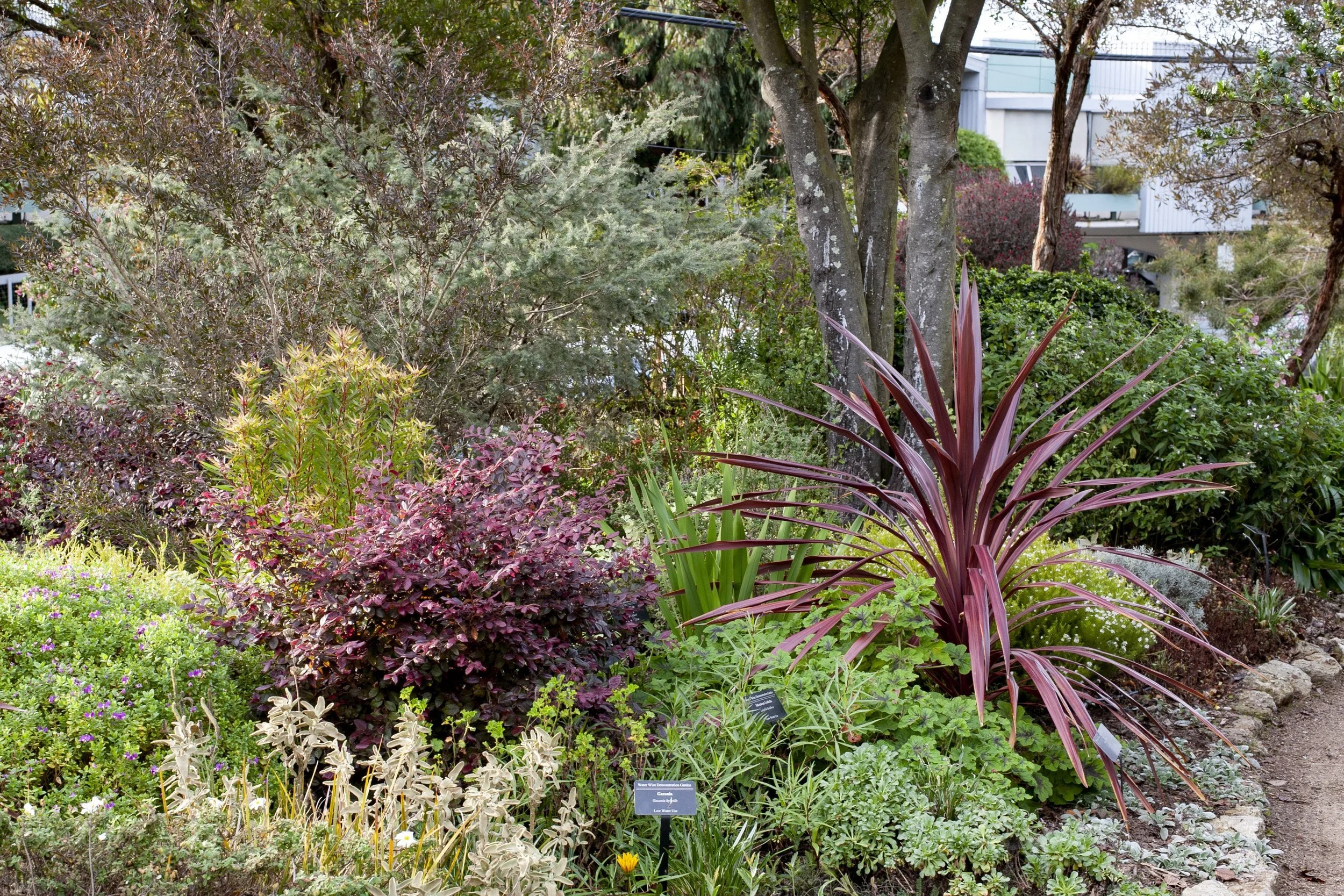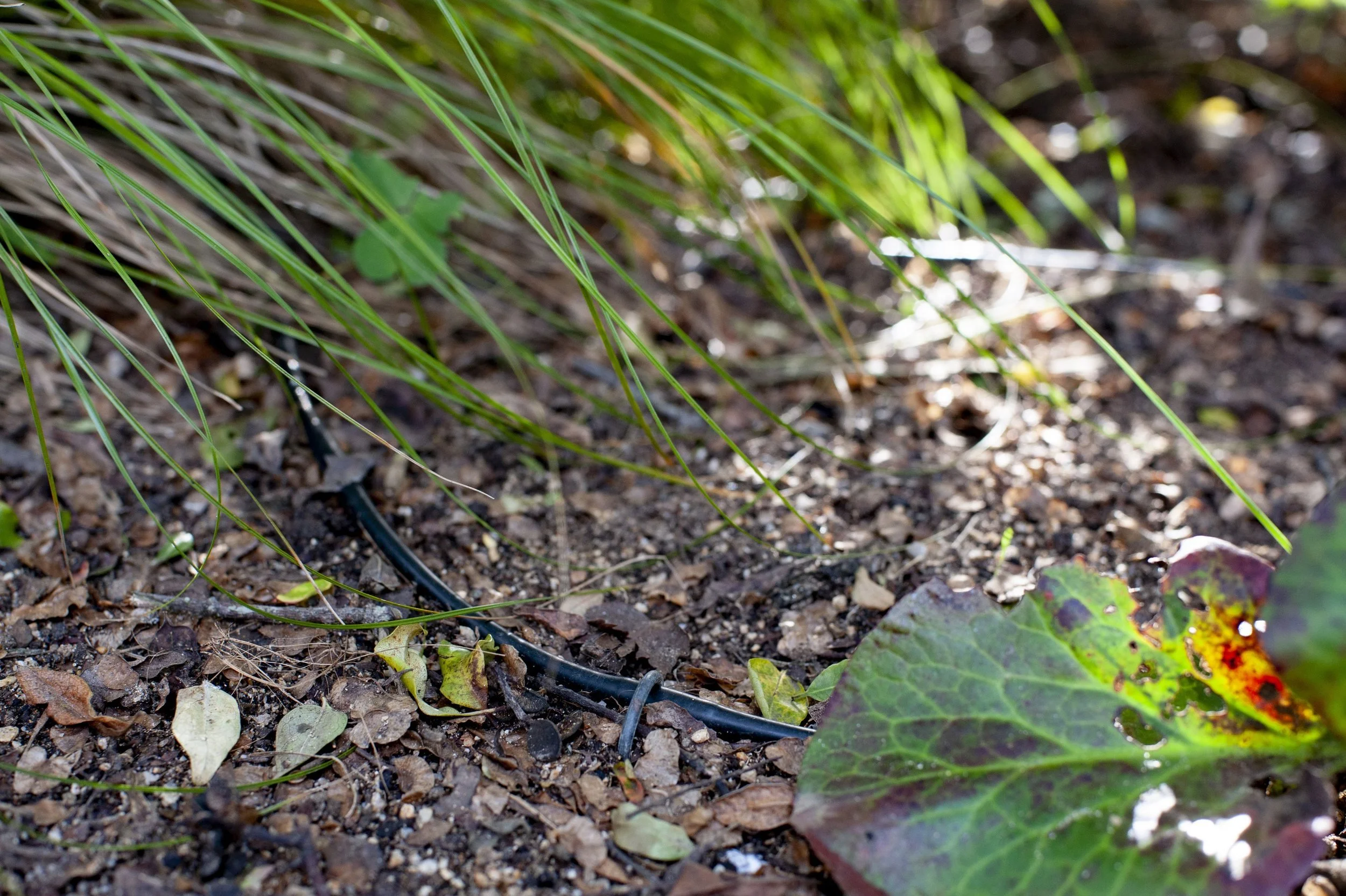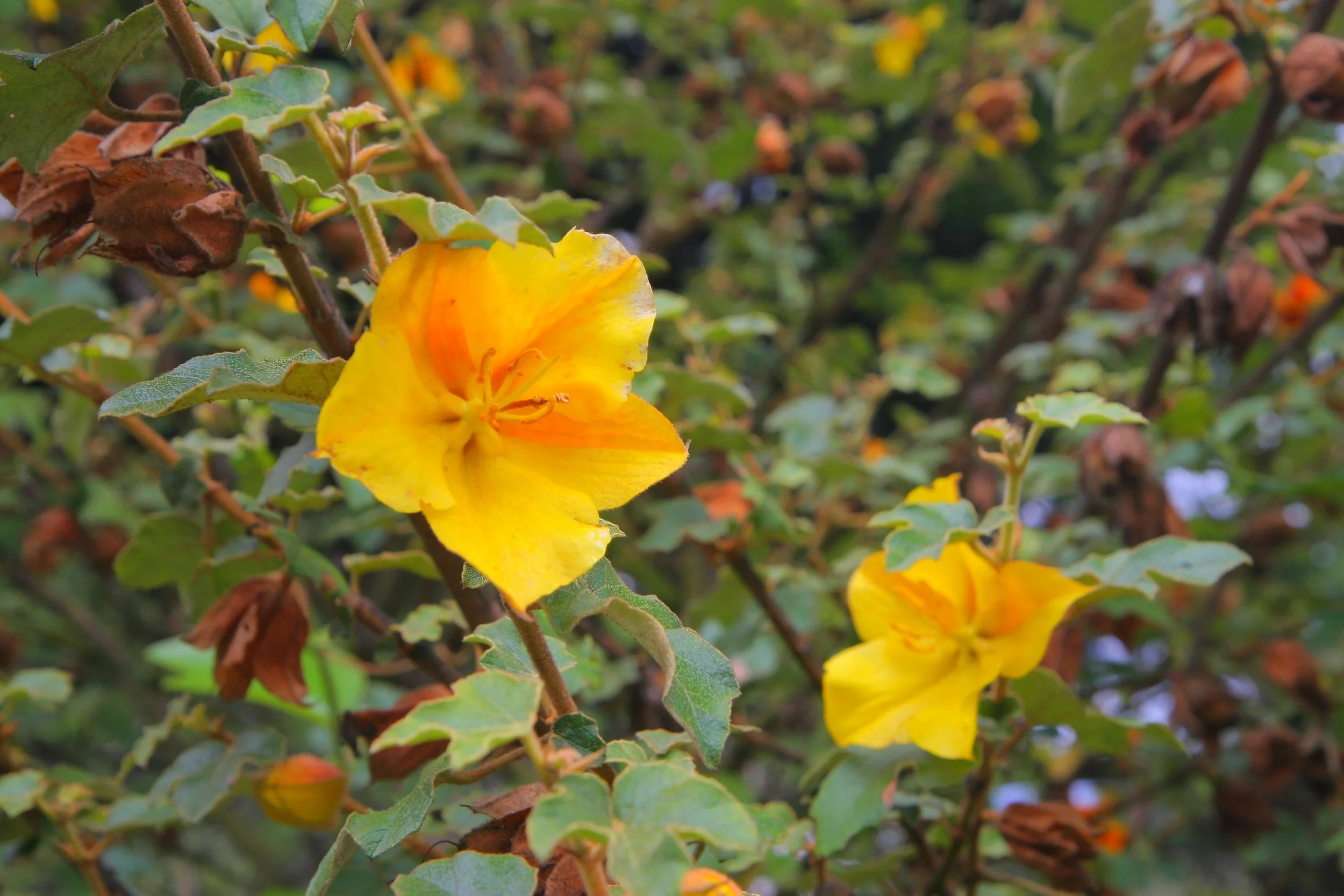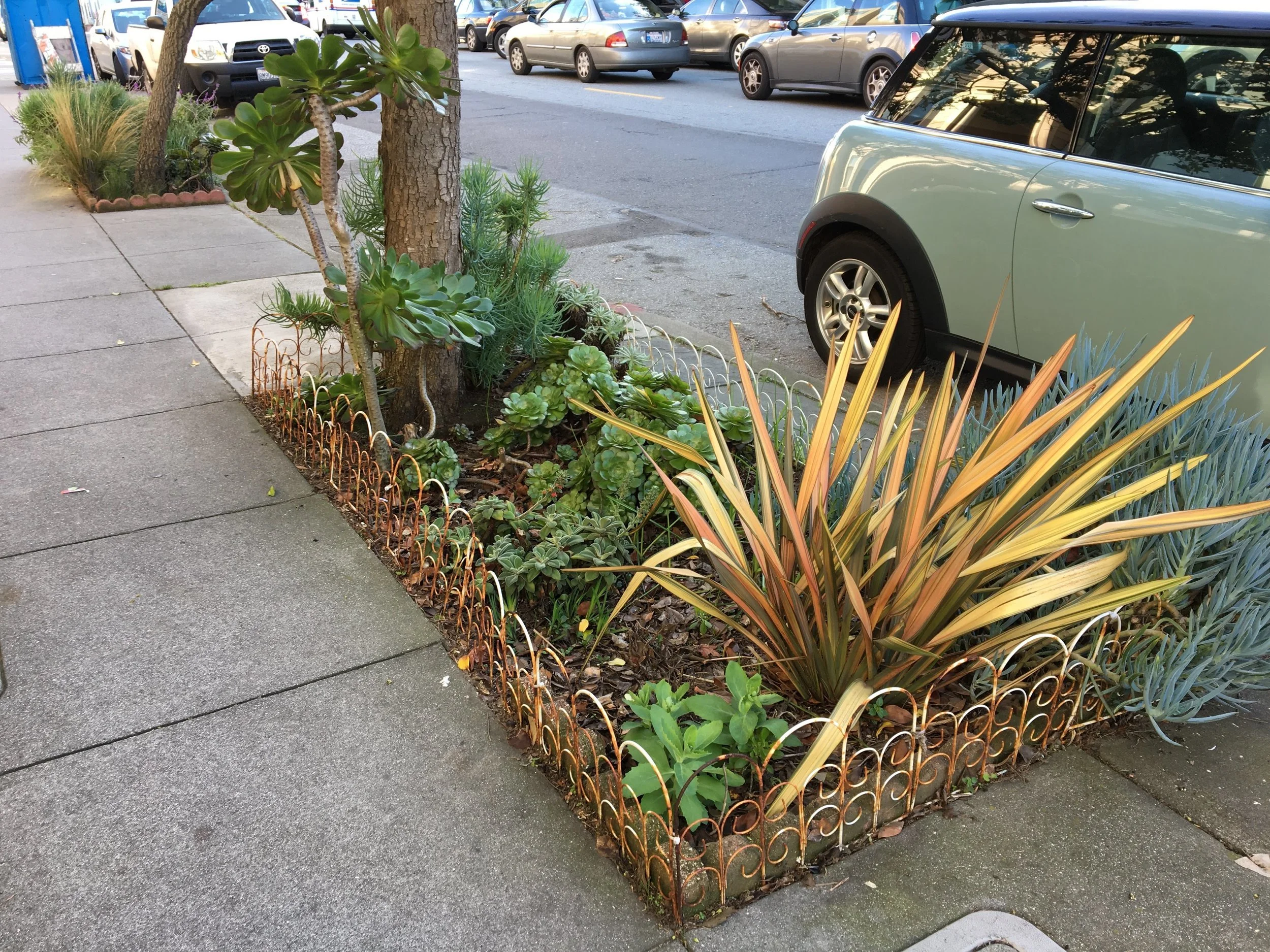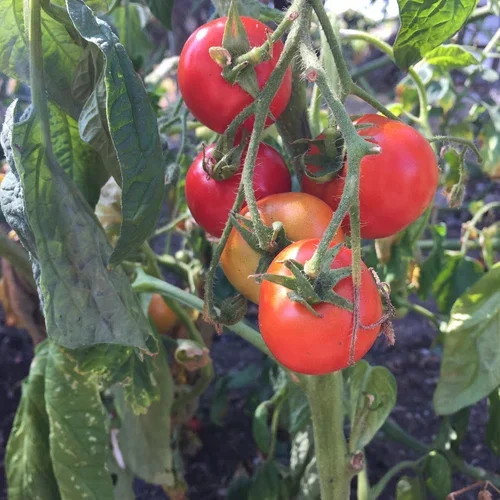Growing Gardeners
Dig into our online garden classroom featuring urban gardening advice, fun projects for kids, and recipes straight from the garden.
Learn to foster a garden that supports your community and local ecology.
The Birds and the Bees
Spring is in her prom dress now, and all the birds and bugs are zooming around, finding mates, showing off, and building nests. If your garden is planted to attract hummingbirds, you may be puzzled by some unusual behavior. Occasionally you may see a hummingbird ignoring all the beautiful red tubular blossoms you have provided and instead zooming around under an old porch or dead tree. What the heck is it doing?
Fight Climate Change in Your Backyard
Scientists are telling us unanimously that our use of carbon based fuels is changing the balance of gases in our atmosphere. Of course, we have to stop burning so much fossil fuel. But we also have to start taking carbon out of the air and ‘sequestering’ or storing it somewhere else. Luckily, nature already has a way of doing this. It’s called photosynthesis, and green plants do it all day long. They take carbon dioxide out of the air and store it in their bodies. Their roots also carry it deep into the soil and store it underground.
Yikes! Oxalis!
At GFE, our south orchard is full of Oxalis pes-caprae, otherwise known as sour grass. This horrible weed originated in South Africa in a climate so similar to ours that it has gone crazy in California, invading everywhere. It’s bright yellow flower and clover-like leaves can be found on roadsides, in restored or disturbed natural areas, parks and gardens. It is relentless and it never sleeps. Many a gardener has spent hours weeding this pest, only to come back a week later and find it fully re-established. So what can we do?
Recipe: Fresh Ricotta for a Big Lasagna
Homemade ricotta is just so much better than anything you can get from the store. Ricotta is soooo easy and one of those cooking projects that is well worth the extra effort. There are plenty of things that are not worth making from scratch but to me, ricotta is not one of those things.
Winter Bouquets
One of the great pleasures of climate-wise gardening in the Bay Area is the beautiful winter bouquets we can cut from our flowering trees and shrubs. When the rainy season starts, climate-wise plants wake up from their dormancy during the dry summer and fall. Many of them start blooming immediately. Salvias, tea trees, tree aloes, and grevillias are just some of the plants blooming now at Garden for the Environment.
Winter Projects
It’s been a long, dry summer, with plenty of bad news. The Sierras were on fire, we were flushing our toilet with buckets from the shower, and the city gardens and streetscape were full of dead, dying, and stressed trees and plants. It was hard to feel inspired to get outside and work in the garden. But now the local soils are starting to hold some moisture, there’s snow in the mountains, and fingers are crossed for a wet winter. Here are some easy projects to help tempt you back outside.
Don't Give Up!
These are the dog days of summer. The gardens are dry and dusty, the street trees are stressing, plants all over town look flaccid and dull and hopeless. On the days when the city air is clear of smoke, we can try to forget how bad fire season is in the wild lands this year. But it will rain again, and when other parts of the country are deeply dormant, in December and January, our plants will be growing and blooming enthusiastically in the mild and juicy winter rains. Don’t give up!
Brown is the New Green?
Brown may be the new green, but what happens after that? Can we really count on future rainy years to save our lawns? Wouldn’t it be better to redesign our city now, with plants that do not need much summer water? Then silver and gold, lime and lavender and burgundy can be the new brown. These are only some of the palette of colorful and thriving plants you can see if you visit Garden for the Environment.
Towards a Leafy Future (Even in a Drought)
Every spring, as the last rains finish, gardeners are busy turning on the drip irrigation timers, and running each valve, to make sure that there are no leaks, and that the water is being targeted correctly. This year, because of our record-breaking drought, the stakes are even higher. Almost every garden has room to trim water use. First of all, if your garden still doesn’t have drip irrigation, now is the time. Drip irrigation applies the water slowly and evenly directly into the soil, so that none is lost to evaporation or run-off.
Garden Tolerance
Some native plants can be mixed in with other plants requiring summer water, but most can not. This is called the garden tolerance of the native plant. Most native plants have poor garden tolerance, which just means they will not thrive if exposed to normal garden conditions like rich soil, fertilization, and summer irrigation. They may even die.
Space, The Final Frontier
It is good to know that now is the second best time to plant water-wise plants. The deeper soil layers are still moist from our December rains, and the soil is also beginning to warm up. As the sun feels stronger, plants shake off winter and start to grow and bloom. But wait! Before you run off to the nursery to buy new plants, take the time to make some space in the garden. Grab your pruners and saw, your gloves and your green bin, and head outside. A lot of what’s hanging around in your garden belongs in the green bin.
Never Give Up (On Oxalis)
At GFE we are out of control of the oxalis in our steep orchards. That’s the bad news and the good news. The oxalis in the borders and pathways and street tree basins is much reduced, and it is gone in the veggie beds. We’ve achieved this partial control by repeated weeding with a special technique.
Sidewalk Gardens
I’m excited about a new element in the streetscape, sidewalk gardens. More and more frequently, I pass sections where the sidewalk has been removed and small gardens have been planted even where there are no street trees. Here are blooming yarrows, geraniums, sages, and lavenders. There are dramatic effects with New Zealand flax and muscular succulents. Grasses, wallflowers, and California natives like hummingbird sage or ceanothus, thrive in a profusion of colors and textures.


